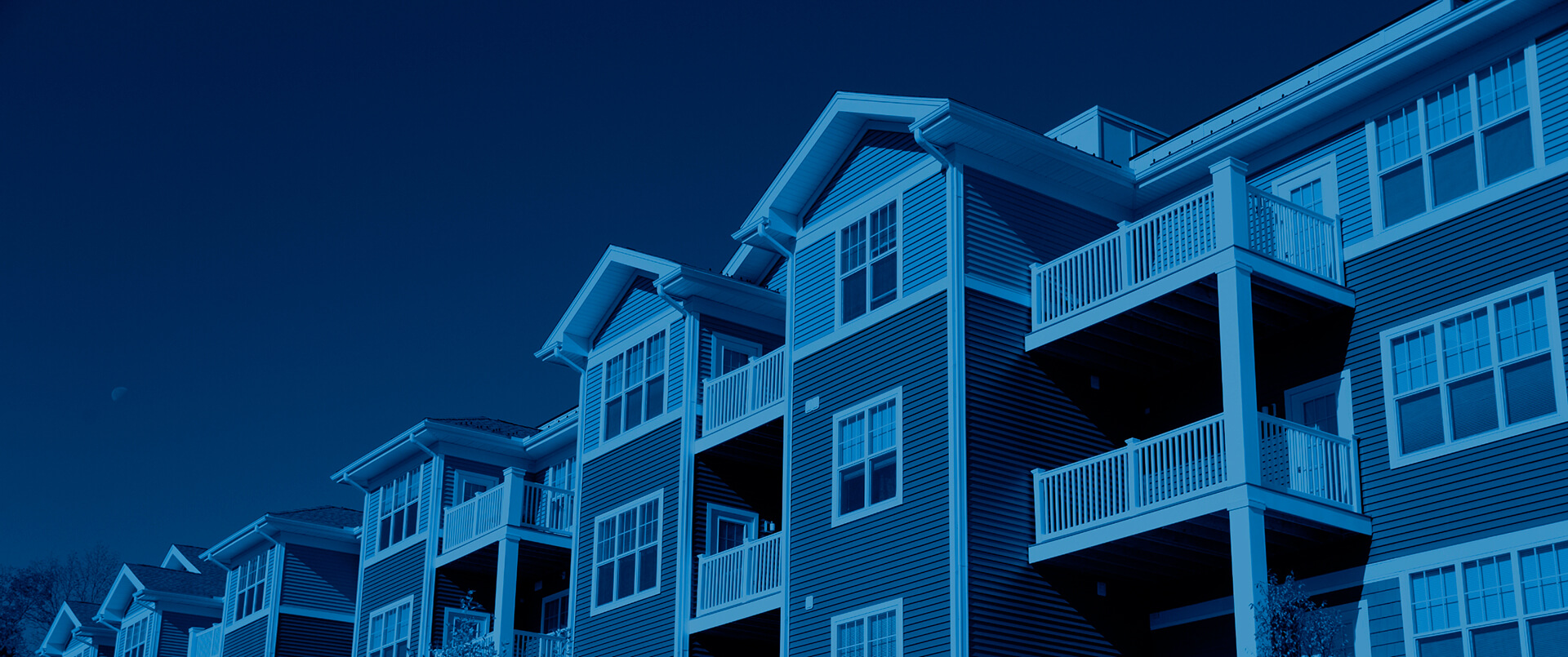In today's environment, maintaining a robust and dependable Wi-Fi connection is essential, especially in multi-dwelling settings like flats or condo complexes. Numerous individuals depend on the internet for work, school, and entertainment. Nonetheless, Wireless transmissions can have difficulty to extend to every area of these structures due to multiple barriers. These obstacles can include walls, floors, and other electronic devices that disrupt the signal. To enhance Wi-Fi signal strength and functionality in these environments, it is critical to understand some basic principles of Wi-Fi communication.
One effective way to enhance Wi-Fi performance is by strategically placing routers and extenders throughout the property. A middle placement is usually ideal, as it allows the coverage to propagate uniformly in all areas. In spacious multi-unit residences, multiple repeaters may be required. These units assist increase the reach of the Wi-Fi infrastructure and deliver stronger service to occupants in different parts of the building. Additionally, deploying equipment that adhere to the latest Wi-Fi protocols can lead to higher bandwidth and enhanced total efficiency.

Another key aspect in improving Wi-Fi connectivity is reducing interference from other electronics. Many household items, such as ovens and wireless handsets, can disrupt wireless transmissions. It is recommended to position routers away from these devices to ensure a more stable signal. Additionally, adjusting the frequency configuration more info here on a router can assist in minimize interference from adjacent signals. The majority of devices by default select the most suitable band, but manually choosing a less congested one can improve performance.
Periodically updating device firmware is also crucial for ensuring optimal Wi-Fi stability. Manufacturers frequently issue updates that resolve issues and enhance protection features. Maintaining the firmware current ensures that users take advantage of the latest enhancements and defenses against possible risks. Furthermore, monitoring bandwidth activity helps detect which devices utilize more resources, allowing for better allocation of available capacity.
Finally, informing residents about best practices for using wireless networks can significantly enhance their experience. Simple measures such as pairing fiber optic upgrades for mdus only necessary units, employing Ethernet connections when feasible, and regularly rebooting the device can make a difference. By fostering a community that understands how to optimize their network usage, multi-unit environments can enhance resident satisfaction and guarantee that everyone experiences a reliable internet connection. This integrated method of planned deployment, reducing interference, maintaining hardware, and educating residents will lead to a more reliable and satisfying Wi-Fi usage for all occupants.